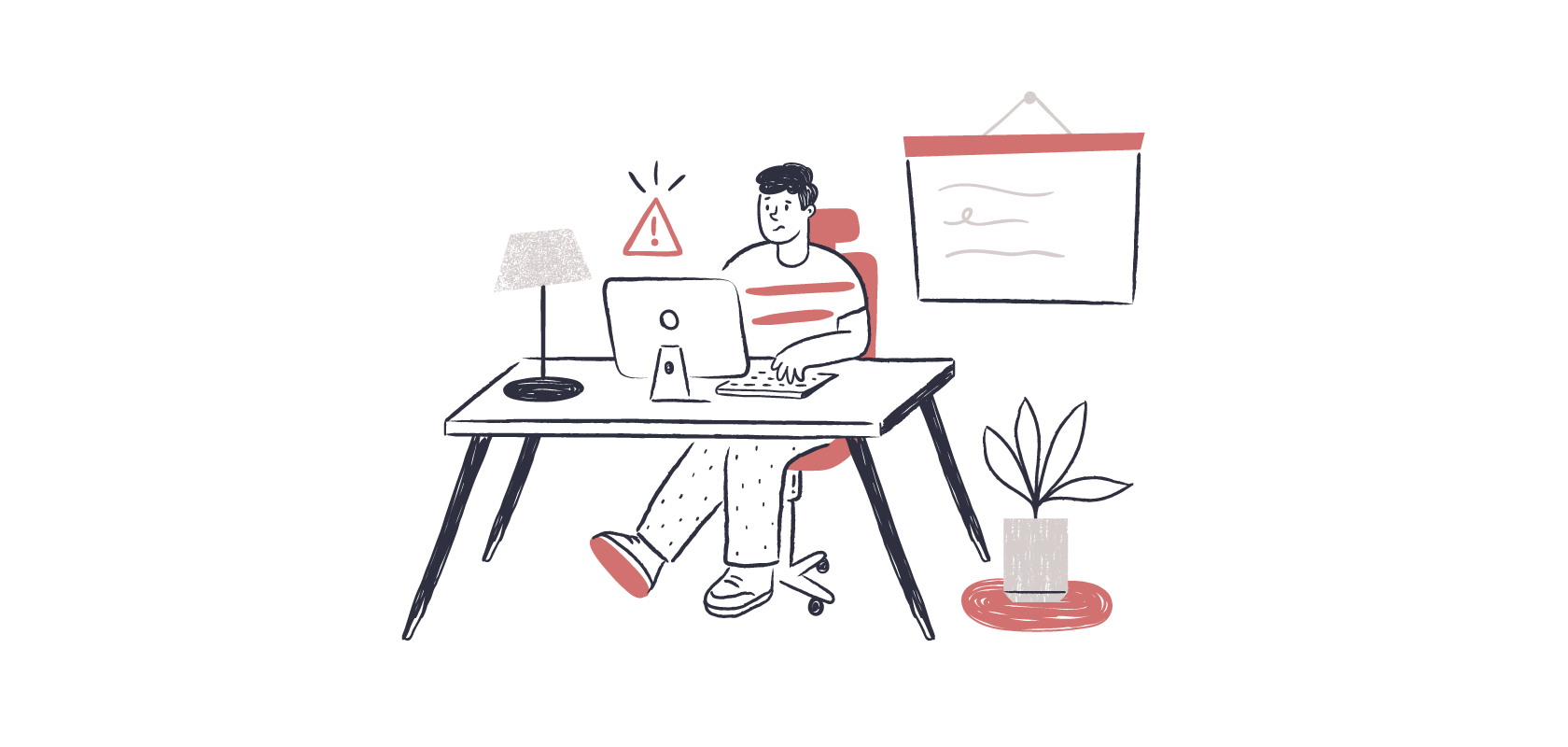Become an insider!
Get our latest payroll and small business articles sent straight to your inbox.
During the past 17 years as a Kinesiologist and business owner, I’ve had my share of ups and downs. The downs have nearly been disastrous! Some situations almost forced me out of business and strained personal relationships.
Avoiding these mistakes will accelerate your success, save you thousands of dollars and a lot of heartaches.
In 1999, after graduating from university in Ontario, I drove back to Vancouver to enrol in additional university courses to boost my GPA and fill in requirements for rehabilitation schools like physiotherapy and athletic therapy.
Although these careers didn’t pan out, I still pursued a career in rehabilitation. My first client, who I met as part of course practicum, really helped me discover that my purpose and mission are to help people with disabilities, injuries and medical conditions continue to lead active lives.
After six months of living at home while looking for work inside and outside of Canada, I was getting desperate. What do you do when you can’t find work?
Create it!
After accepting employment at a previous summer job just to put food on the table, I enrolled in a youth entrepreneur program delivered by the government; this is where I formulated my first business as sole proprietor: Beyond Kinetics.
1. Don’t Dabble at Being an Entrepreneur
While starting this business, I landed a full-time job in the fitness industry. I gradually grew my personal training gym clientele while dabbling at Beyond Kinetics. This business always lost money.
Watching Dragon’s Den or Shark Tank, you’ll often see the investors ask the entrepreneurs if their business is their full-time job or if they are willing to make it so. Commit fully.
2. Bootstrap by Giving Students Experience
As a start-up, there isn’t a lot of money to go around, but you need to get a few things done. For me, it was the forms that I used to deliver my services.
I met a student graphic designer who assisted me with the design in exchange for the experience and the ability to put work in their portfolio.
3. Say No to the Pre-qualified Loan
Shortly after starting my first business, a bank called me up to offer a $15,000 business line of credit. Wow! They persistently asked by calling until I said YES.
Big mistake!
The pursuit of further education and business development was paid through credit in the guise of helping me earn more in the future. It took nearly 10 years to pay off and cost thousands of dollars in interest. Never mind the heartache and anxiety it caused.
4. You Don’t Need a $4,000 Logo!
I am not sure how much I spent on this because it was so long ago, but it was too much! When I morphed Beyond Kinetics into Lifemoves (now incorporated), I found someone who gave me three designs and a couple of revisions for $1,500.
Nearly 10 years later, I am still getting compliments about it. Find a student graphic designer or someone just starting and talk to them to see if they understand the vision you have for your company.
5. Sub-Leasing Space is Not Strategic Partnership
In 2012, I was enticed to deliver exercise therapy services in what was promised to be a multi-disciplinary clinic. It was run by a disability management firm, which potentially meant lots of referrals and huge growth.
I signed the lease agreement thinking that we would have plenty of referrals to build on.
Instead, I sunk lots of time and money into building a unique space within their office with minimal return. This company undermined our rates and didn’t give us many new clients.
After further investigation, I figured out that the sub-lease rate was three times more than what it would be to lease a place directly from a building owner in the same area. Upon reflection, I recalled that our agreement didn’t include any stipulations on how we would work together to ensure our mutual success.
During that same year, I thought I was moving my first location to a personal training studio where we would collaborate as well. This turned out to be false; the owner kept making it difficult to market together or make my business more visible and easier to find.
A year later, our agreement was terminated on unfriendly terms and Lifemoves had to find a new home. This sudden move meant losing a key team member and 40% of my revenue!
So, get the details of partnerships in writing. Remember, a partnership is mutually beneficial.
6. Avoid Expanding Too Quickly – Focus on Systems
If you have a brick and mortar business, make sure that the first location is profitable and that you have systems in place that can be replicated. After saying no to the expansion opportunity multiple times, I caved.
At that time, I found someone to help build this new location, including the systems. However, several months later, she was recruited away, and I was left holding an empty bag.
The trouble was we didn’t have any systems in place to support this new location; with a lot of teeth gritting and gut wrenching, I ended the agreement by paying $5,000.
7. Location, Location, Location
Moving multiple times cost us thousands of dollars, not just for the moves themselves, but also in lost revenue potential.
For businesses with physical locations, it is important to be found easily and that your signs are visible to passersby. Sub-leasing spaces made Lifemoves difficult to find, and we were always explaining that we were located within “XYZ,” which mostly advertised the other companies and lost us revenue.
Moving around also confused Google Maps and other directories, but Google is the directory that most people search these days for directions. Thankfully, Google eventually called to verify our location. I’m still ferreting out and correcting old address information as it becomes apparent to me.
Lifemoves moved to its current location in mid-2013. Until April 2014, we also shared gym space in the same building. One year ago we fully equipped our fantastic corner location.
There’s lots of drive-by, walk-by and cycling traffic. We have signs on our windows and doors. There’s even a sandwich board that is starting to generate paying clients.
These mistakes not only cost me thousands of measurable dollars that I had to pay, but they also prevented me from growing my business.
I’ve lost ground to my competitors, and new competitors have opened during that time. I am now focused on ensuring that Lifemoves thrives.
Hopefully, you can stand on my shoulders and learn from these mistakes, even if it is just for a bit.
This blog post is brought to you by Alfred Ball, the CEO of Lifemoves Health & Rehabilitation, a centre for private fitness and rehab programs for clients with injuries, disabilities, medical conditions.











